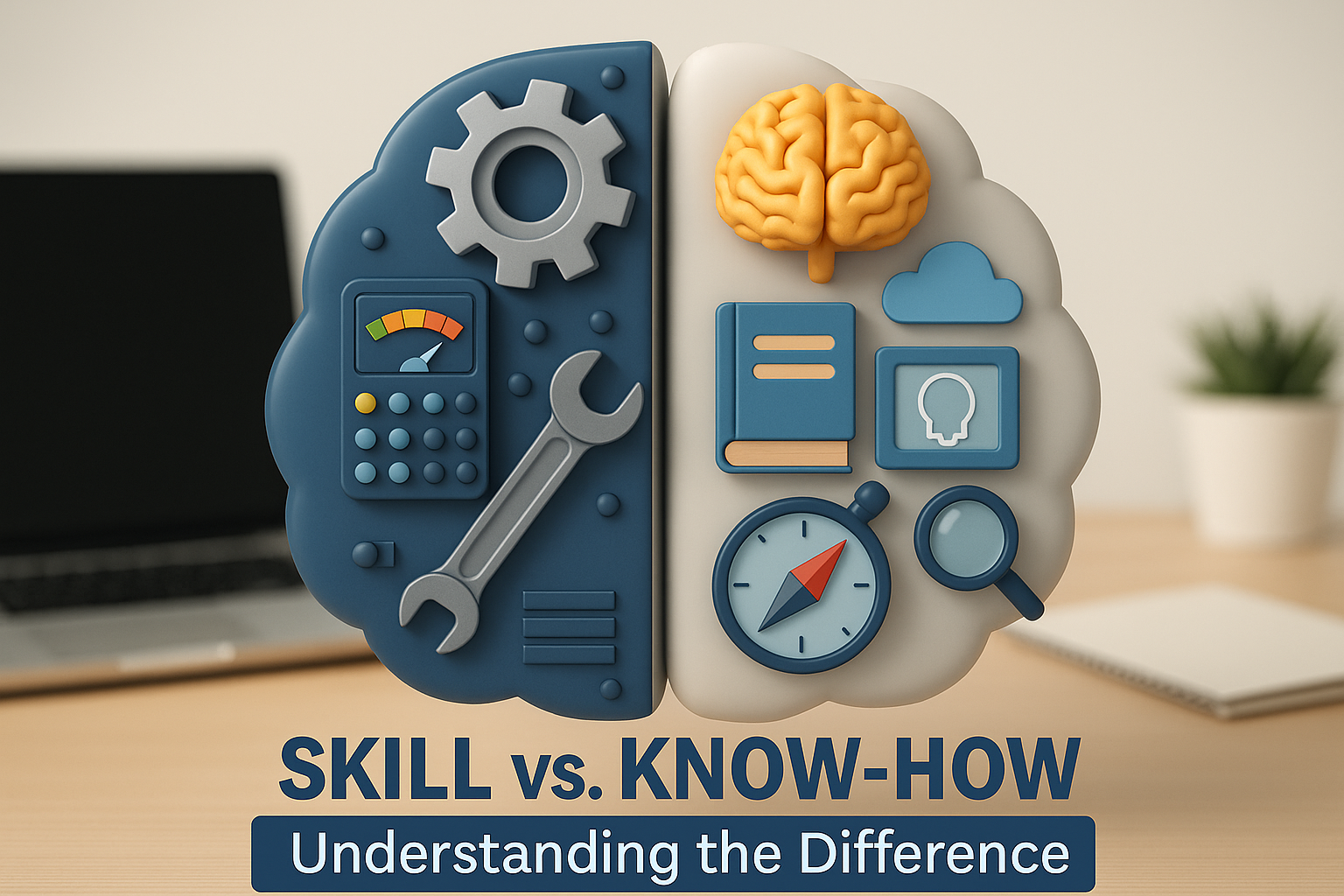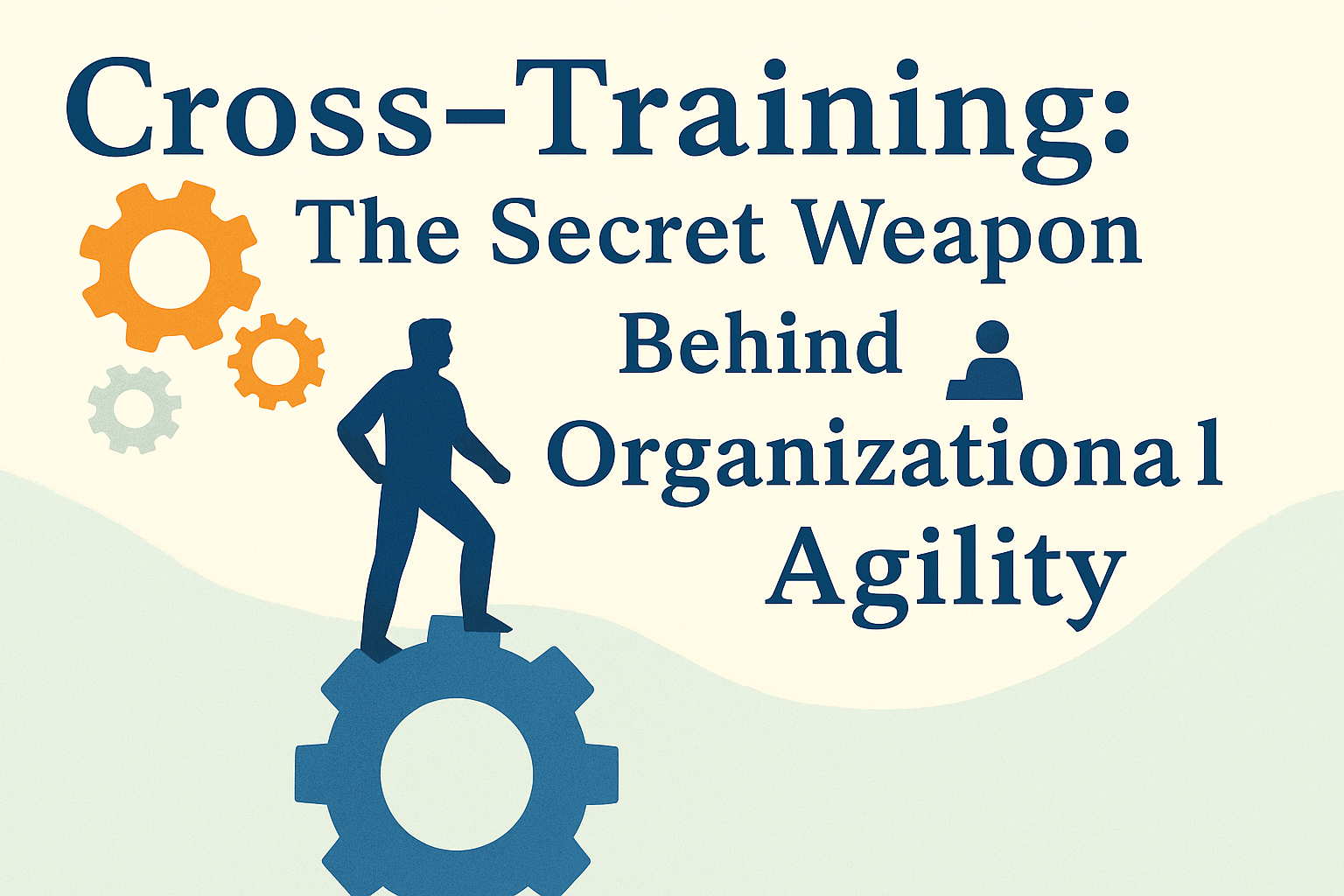In today’s hyper-connected and globalized business landscape, the term “extended enterprise” isn’t just a buzzword — it’s foundational. An extended enterprise doesn’t just involve a company’s employees but also a vast network of partners, suppliers, distributors, and customers.
Training these external troops—what we call extended enterprise training—is crucial for consistency, compliance, and staying ahead in the cutthroat market. In this article, we dive into what extended enterprise training is, why it matters, its key components, benefits, challenges, and the best practices to implement it.
Understanding Extended Enterprise Training
Extended enterprise training is all about providing educational and developmental training to folks who aren’t technically on your payroll but are critical to your business operations. Think of it as a boot camp for your partners, suppliers, distributors, and even customers.
This training ensures everyone in your network has the know-how to represent your brand, follow your standards, and help you succeed. From product usage and sales techniques to repair and regulatory requirements, the training topics are as varied as a buffet.
Extended enterprise training involves these key groups:
- Partners: These are your cheerleaders—channel partners, resellers, dealers, affiliates, and service providers who promote, sell, and service your products or services.
- Suppliers: The folks who keep the materials, products, or services coming your way.
- Distributors: The logistical wizards who ensure your products reach the right places.
- Customers: The end-users who need to know how to use your products or services without turning them into paperweights.
- Franchisees: Independent operators who run franchise locations under your brand’s banner.
Delivery methods are equally diverse — e-learning modules, webinars, in-person workshops, and self-paced courses. The trick is to whip up a cohesive and comprehensive training program that hits all the right notes.
Extended
Enterprise
Learning
Building Capabilities and Driving Performance Across the Value Chain
Get the eBookImportance of Extended Enterprise Training
Consistency and Quality
Training is your magic wand to ensure all external stakeholders are on the same page about your products, services, policies, and procedures. This consistency helps maintain high-quality standards across all touchpoints, making the customer experience smooth.
Compliance
In the jungle of regulations, training is your guide. It helps all partners, suppliers, and other stakeholders stay compliant with relevant rules, reducing the risk of penalties that can turn your CFO’s hair gray.
Brand Integrity
Training ensures that all external representatives understand and uphold your brand values and messaging. It’s like having an army of brand ambassadors who’ve memorized your corporate playbook.
Competitive Advantage
Investing in training gives you a leg up over competitors. A well-trained network is a knowledgeable network, leading to better customer experiences, higher sales, and stronger business relationships.
Related: Ensure a Successful Implementation of Your Extended Enterprise LMS
Key Components of Extended Enterprise Training
Content Development
Creating high-quality, relevant, and engaging training content is crucial. Tailor the content to meet the specific needs of different stakeholders and cover various aspects like product knowledge, compliance, sales techniques, and customer service.
Learning Management System (LMS)
An LMS built for partner training is your command center for delivering, tracking, and managing extended enterprise training programs. It ensures consistent training delivery and helps monitor progress and performance.
Customization and Personalization
Tailor training programs to meet the specific needs of different stakeholders. Personalized training is more engaging and relevant, improving learning outcomes.
Assessment and Certification
Regular assessments and certification programs ensure stakeholders have understood and retained the material. It’s like the karate belts of training—giving participants a goal to strive for.
Continuous Improvement
Training isn’t a one-and-done deal. Continuous updates and learning opportunities keep stakeholders informed about the latest developments and best practices.
Benefits of Extended Enterprise Training
Improved Performance
Training boosts the skills and knowledge of your external stakeholders, leading to better performance. Think of it as upgrading your software—everything just works better.
Increased Customer Satisfaction
Well-trained stakeholders can provide better service, leading to happier customers, higher loyalty, and rave reviews.
Enhanced Compliance
Training ensures everyone knows and follows the rules, reducing the risk of legal issues and fines that could put a dent in your bottom line.
Stronger Relationships
Investing in training shows your stakeholders that you’re committed to their success, fostering stronger, more collaborative relationships.
Higher Sales and Revenue
Effective training arms your partners and distributors with the skills to sell more effectively, boosting sales and revenue.
Lower Warranty Costs
Training ensures service providers can fix issues right the first time, reducing repeated repairs and warranty costs.
Why Choose LatitudeLearning?
Our guide reveals how we help you solve all your partner training challenges — and tailor it especially for you.
Get the GuideChallenges of Extended Enterprise Training
Extended enterprise training isn’t without its hurdles. To do it effectively, you’ll need to address the following training challenges.
Diverse Audience and Learning Needs
Your extended enterprise crew is like a melting pot—diverse roles, backgrounds, cultures, and experiences. Designing training that caters to everyone is like trying to please a room full of picky eaters.
Geographic Dispersion
With staff scattered across the globe, delivering consistent and timely training is a logistical puzzle, especially when you throw time zones and regional regulations into the mix.
Consistency and Standardization
Maintaining uniform training across your extended enterprise is crucial but challenging due to local practices and the decentralized nature of your network.
Technology Adoption
Not everyone is a tech whiz. Ensuring all participants can navigate the digital training landscape can be a steep climb.
Measuring Training Effectiveness
Assessing whether your training programs are effective and delivering real business impact can be tricky due to the diverse roles and decentralized setup of your extended enterprise.
Cultural Differences
Cultural nuances can affect how training is received and interpreted. What works in one region might fall flat in another.
Engagement and Motivation
Getting external stakeholders to engage with and complete training can be a tough sell, especially when they’re not on your payroll.
Compliance and Regulatory Requirements
Keeping everyone in line with various regulations across different regions and industries is like herding cats.
Language Barriers
Language differences can create communication hurdles in training programs, especially for global enterprises.
Adapting to Rapid Changes
The business world is always in flux. Keeping your extended enterprise up-to-date with the latest changes can feel like chasing a moving target.
Best Practices for Implementing Extended Enterprise Training
Make sure your training program is implemented successfully by following these best practices.
Conduct Thorough Needs Assessments
Understand the specific training needs of different stakeholders. Needs assessments help identify knowledge gaps and areas for improvement.
Develop Tailored Training Programs
Create customized training programs for each group of stakeholders to ensure the content is relevant and useful.
Utilize an Extended Enterprise LMS
Invest in an LMS that’s designed specifically for the extended enterprise — to deliver, track, and manage partner training programs effectively. An extended enterprise LMS ensures consistent delivery and helps monitor progress.
Incorporate Interactive and Engaging Content
Use videos, quizzes, and simulations to keep participants engaged and enhance learning outcomes.
Provide Incentives and Recognition
Offer incentives and rewards for completing training programs to motivate external stakeholders to participate.
Ensure Accessibility
Make training materials accessible on multiple platforms and in various languages to accommodate stakeholders in different regions.
Implement Continuous Improvement
Regularly update training materials to reflect the latest developments and provide continuous learning opportunities.
Measure and Evaluate Effectiveness
Use assessments, surveys, and performance metrics to evaluate the effectiveness of training programs and demonstrate ROI.
Conclusion
Extended enterprise training is a vital component of modern business operations. It ensures that external stakeholders are equipped with the knowledge and skills to represent your organization effectively, maintain compliance, and deliver high-quality products and services.
While it presents unique challenges, these can be addressed with careful planning, customized programs, and robust technology solutions.
By investing in extended enterprise training, your enterprise organization can enhance performance, increase customer satisfaction, ensure compliance, build stronger relationships, and achieve a competitive edge.
Discover how LatitudeLearning LMS delivers industry-leading training for the extended enterprise. Test drive our LMS free for 30 days.





